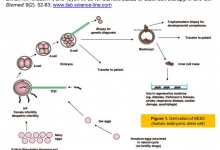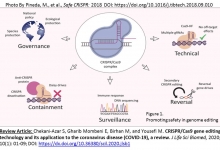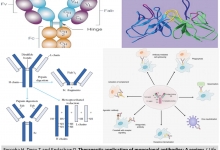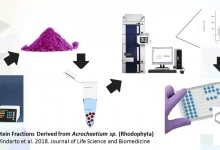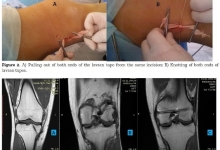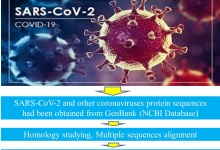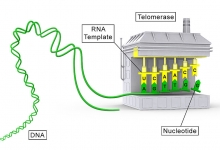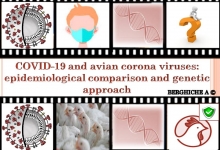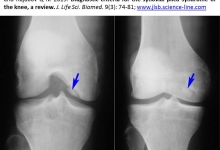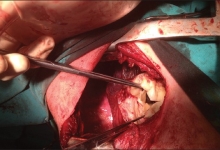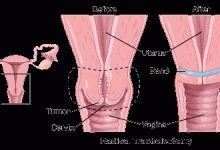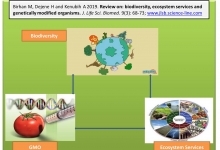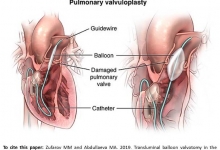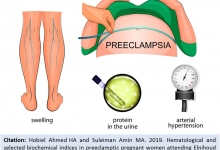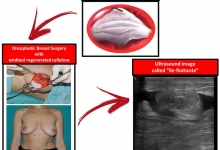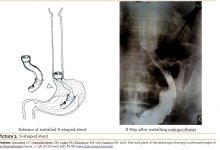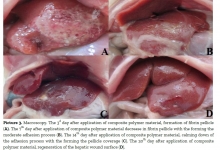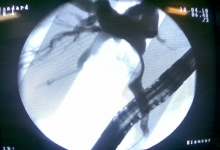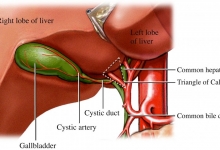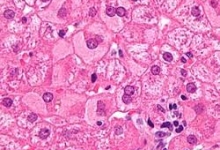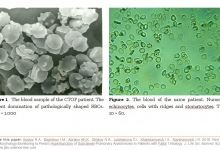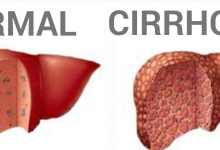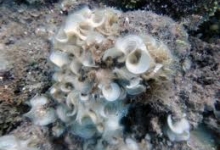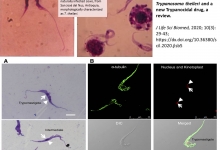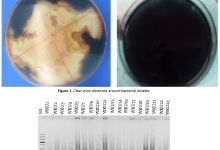Authorship and Authors' Responsibilities
.
| Authorship Author is the one who has made a substantive intellectual contribution to a paper (for example, to the research question, design, analysis, interpretation, and written description) and also understands his/her role in taking responsibility and being accountable for what is published.
Authorship is a way of making explicit both credit and responsibility for the contents of published articles. Credit and responsibility are inseparable. The guiding principle for authorship decisions is to present an honest account of what took place. Criteria for authorship apply to all intellectual products, including print and electronic publications of words, data, and images. Journals should make their policies on authorship transparent and accessible (https://wame.org/authorship Authorship has important academic, social, and financial consequences which implies responsibility and accountability for the published work. Since authorship does not normally communicate what contributions make an individual qualified to be an author. Editors are strongly encouraged to develop and implement a contributorship policy, as well as a policy that identifies who is responsible for the integrity of the work as a whole. Such policies remove much of the ambiguity surrounding contributions but leave unresolved the question of the quantity and quality of contribution that qualify an individual for authorship. Scienceline Publication has thus developed criteria for authorship that can be used by Scienceline journals, including those that distinguish authors from other contributors. .
|
| Criteria for Authorship The author is the only one who has made substantial intellectual contributions to the manuscript. Collaborations like technical services, translation, preparation of patients for the study, supplying materials, funding, or facility administrative oversight where the work was done are not, in themselves, sufficient for authorship; however, these contributions may be acknowledged in the manuscript. One author (a “guarantor”) should take responsibility for the integrity of the work as a whole. It is often the corresponding author who submits the manuscript and receives reviews although other authors can play this role. All authors should approve the final version of the manuscript. It is preferable that all authors be familiar with all aspects of the work. However, modern research is often done in teams with complementary expertise so every author may not be equally familiar with all aspects of the work. Therefore, some authors’ contributions may be limited to specific aspects of the work as a whole.
.
|
| Number and Order of Authors Editors should not arbitrarily limit the number of authors. There are legitimate reasons for multiple authors in some kinds of research, such as multi-center, randomized controlled trials. In these situations, a subset of authors may be listed with the title, with the notation that they have prepared the manuscript on behalf of all contributors, who are then listed in an appendix to the published article. Alternatively, a “corporate” author (e.g., a “Group” name) representing all authors in a named study may be listed, as long as one investigator takes responsibility for the work as a whole. In either case, all individuals listed as authors should meet the criteria for authorship whether or not they are listed explicitly on the byline. If editors believe the number of authors is unusually large, relative to the scope and complexity of the work, they can ask for a detailed description of each author’s contributions to the work. If some do not meet the criteria for authorship, editors can ask for the removal of their names as a condition of publication.
The authors themselves should decide the order in which authors are listed in an article. No one else knows as well as they do their respective contributions and the agreements they have made among themselves. Many different criteria are used to decide the order of authorship. Among these are relative contributions to the work and, in situations where all authors have contributed equally, alphabetical or random order. Readers cannot know, and should not assume, the meaning of the order of authorship unless the approach to assigning order has been described by the authors. Authors may want to include with their manuscript a description of how the order was decided. If so, editors should welcome this information and publish it with the manuscript. .
|
| Retained Author's Rights and Obligations All authors who publish their research papers in Scienceline journals are entitled to the following rights and obligations:
|
| Authorship Changes, Disputes, and Agreement After the manuscript is submitted or accepted for publication, the corresponding author is required to send a request through the signed change of authorship form to add or remove an author or to rearrange the author names of the submitted/accepted manuscript. All the authors should approve any change in authorship (i.e., adding, removing or reordering existing authors) after initial submission. Authors should determine the order of authorship among themselves. In addition, any alterations must be clarified to the Editor/Editor-in-chief via the AAF - Authorship Agreement Form.
Disputes about authorship are best settled at the local level before the journal reviews the manuscript. However, at their discretion, editors may become involved in resolving authorship disputes. Changes in authorship at any stage of manuscript review, revision, or acceptance should be accompanied by a written request and explanation from all of the original authors. In this case, the Editor also asks the authors for a filled-out and signed AAF. In order to disseminate the authors’ research work, the publishers need publishing rights. For open access articles, the publisher uses an exclusive licensing agreement in which authors retain copyright in their manuscripts. .
|
| Reporting Standards Authors of original research should present their study and its data accurately as well as discussing the results and significance of the work, so that sufficient detail and references permit others to replicate the work. Fraudulent or knowingly inaccurate statements constitute unethical behavior and are unacceptable. Review and professional publication articles should also be accurate and objective, and editorial ‘opinion’ works should be clearly identified as such.
.
|
| Data Access and Retention Authors should provide the research data supporting their paper for editorial review and/or comply with the open data requirements of the journal. Also, they should provide public access to such data, for a reasonable number of years after publication. Authors may refer to their journal’s Guide for Authors for further details.
.
|
| Originality and Acknowledgement of Sources The authors should write entirely original works, but in case the authors have used others' work and words, they should ensure that this has been appropriately cited or that permission has been obtained as well as a proper acknowledgment of the work of others. Authors should cite the most influenced publications. Conversation, correspondence, or discussion with third parties, is allowed only if permission has been obtained from the source.
Plagiarism takes many forms, and in all its forms constitutes unethical behavior and is unacceptable. .
|
| Multiple, Redundant or Concurrent Publication Submitting the same manuscript to more than one journal concurrently constitutes unethical behavior and is unacceptable. Generally, an author should not submit a previously published paper for consideration in another journal, except in the form of an abstract or as part of a published lecture or academic thesis or as an electronic preprint, clinical guidelines, and translations. Further detail on acceptable forms of secondary publication can be found in the ICMJE Uniform requirements for manuscripts submitted to biomedical journals: http://www.icmje.org/
.
|
| Confidentiality Information obtained during confidential services, such as reviewing manuscripts or grant requests, should not be used without the express written permission of the author.
. |
|
Human and Animal Subjects and Possible Hazards
|
| . User License Agreement Scienceline Publication provides access to archived material through Scienceline Publication Repository (eprints), which supports Open Archives Initiative (OAI 2.0)
.
|
| Conflict of Interest Authors are requested to evident whether impending conflicts do or do not exist by signing conflict of interest disclosure form (Scienceline journals prefer to use the ICMJE Disclosure of Interest Form available here: http://www.icmje.org/downloads/coi_disclosure.docx
|
| . Responsibilities on Conflicts of Interest Public trust in the scientific process and the credibility of published articles depend in part on how transparently conflicts of interest are handled during the planning, implementation, writing, peer review, editing, and publication of scientific work. Financial relationships (such as employment, consultancies, stock ownership or options, honoraria, patents, and paid expert testimony) are the most easily identifiable conflicts of interest and the most likely to undermine the credibility of the journal, the authors, and of science itself. However, conflicts can occur for other reasons, such as personal relationships or rivalries, academic competition, and intellectual beliefs. All authors should comply with the journals’ policies on conflict of interest. All participants in the peer-review and publication process, not only authors but also peer reviewers, editors, and editorial board members of journals must consider their conflicts of interest when fulfilling their roles in the process of article review and publication and must disclose all relationships that could be viewed as potential conflicts of interest.
|
| . Reporting Conflicts of Interest Articles should be published with statements or supporting documents, such as the Scienceline Publication conflict of interest form, declaring:
1. Authors’ conflicts of interest; and 2. Sources of support for the work, including sponsor names along with explanations of the role of those sources if any in study design; collection, analysis, and interpretation of data; writing of the report; the decision to submit the report for publication; or a statement declaring that the supporting source had no such involvement; and 3. Whether the authors had access to the study data, with an explanation of the nature and extent of access, including whether access is on-going. To support the above statements, editors may request that authors of a study sponsored by a funder with a proprietary or financial interest in the outcome sign a statement, such as “I had full access to all of the data in this study and I take complete responsibility for the integrity of the data and the accuracy of the data analysis.” .
|
| Fundamental Errors If the authors see any inconsistency, inaccuracy and significant error or in their own published article, they should promptly notify the journal editor or publisher. If an error is informed by a third party to the editor or publisher, the author should cooperate with the editor, in this regards.
.
|
| Image Integrity Move, remove, or introducing a specific feature within an image is not allowed. Adjustments of brightness, contrast, or color balance are acceptable if they do not eliminate any information from original source. Manipulating images for improved clarity is accepted. Authors should comply with any specific policy for graphical images applied by the relevant journal, e.g. providing the original images as supplementary material with the article, or depositing these in a suitable repository.
.
|
| Graphical Abstract Authors may be asked to provide a graphical abstract (a beautifully designed feature figure) to represent the paper aiming to catch the attention and interest of readers. Graphical abstract is normally published online in the table of content of journal. The graphical abstract should be colored, and kept within an area of 12 cm (width) x 6 cm (height) or with similar format. Image should have a minimum resolution of 300 dpi and line art 1200dpi.
Note: Height of the image is generally no more than the width. Authors should avoid putting too much information into the graphical abstract as it occupies only a small space. The graphical abstract can be presented in the format of PowerPoint, Word, PDF, JPG, PNG or TIFF, after a manuscript is accepted for publication. Samples of Professional Graphical Abstracts, are available in JWPR, WVJ, OJAFR, JLSB, JCEU. .
|
Related links


